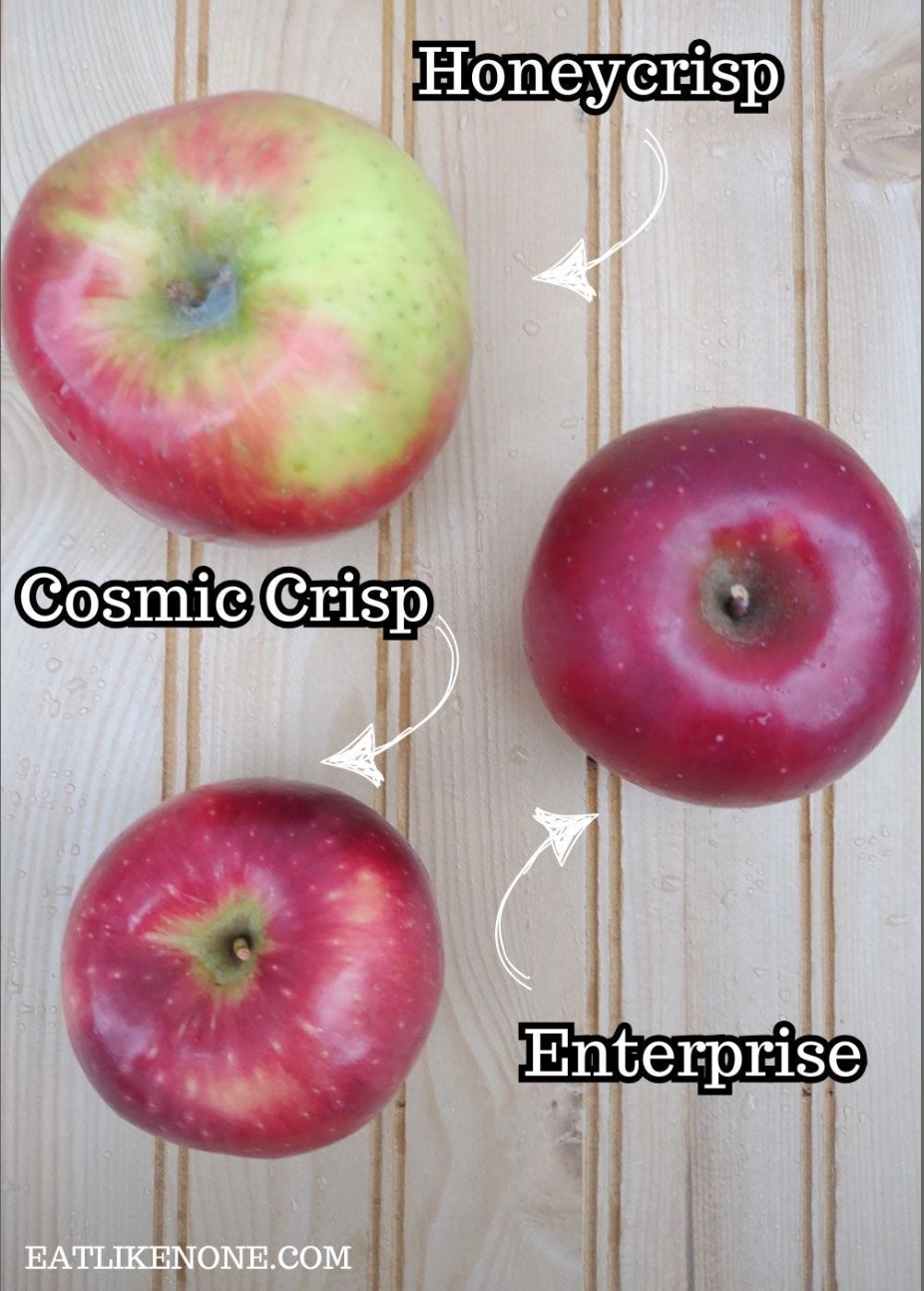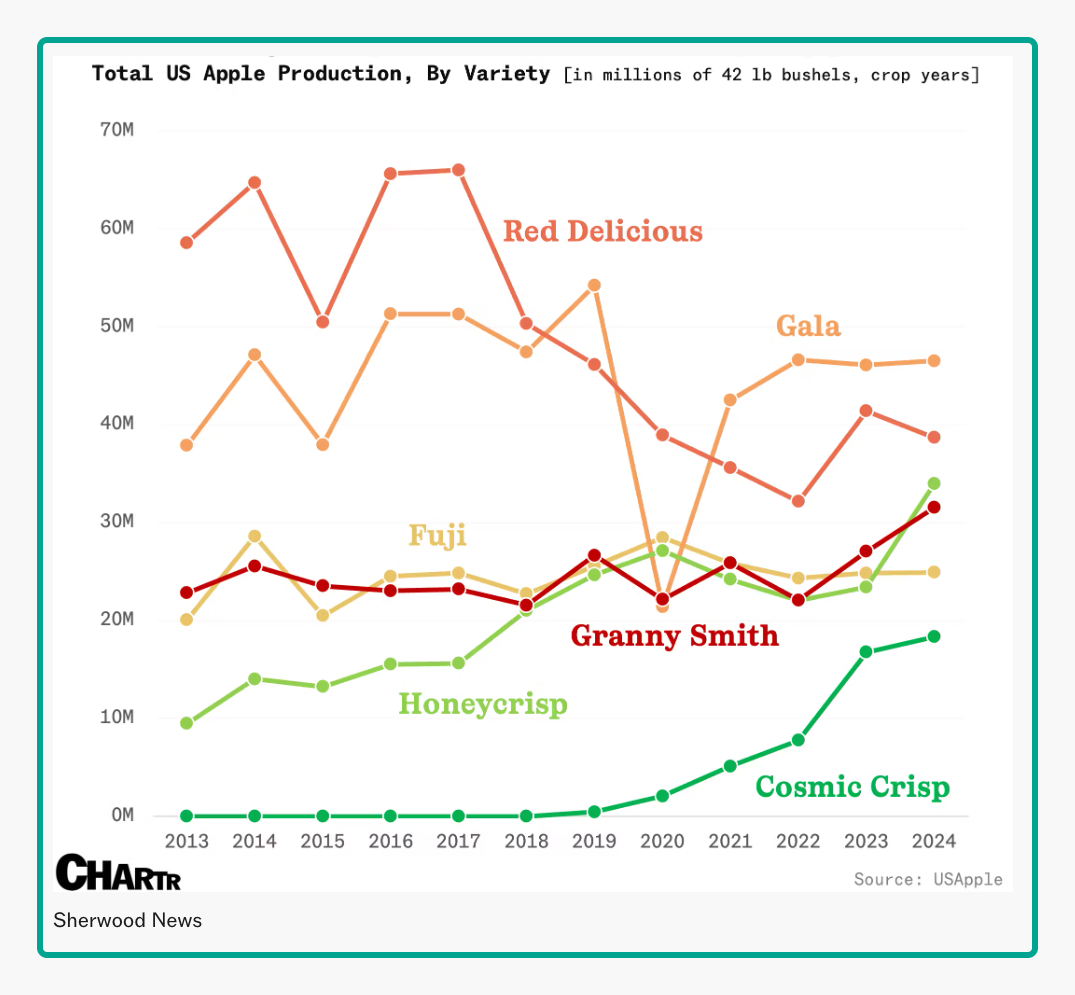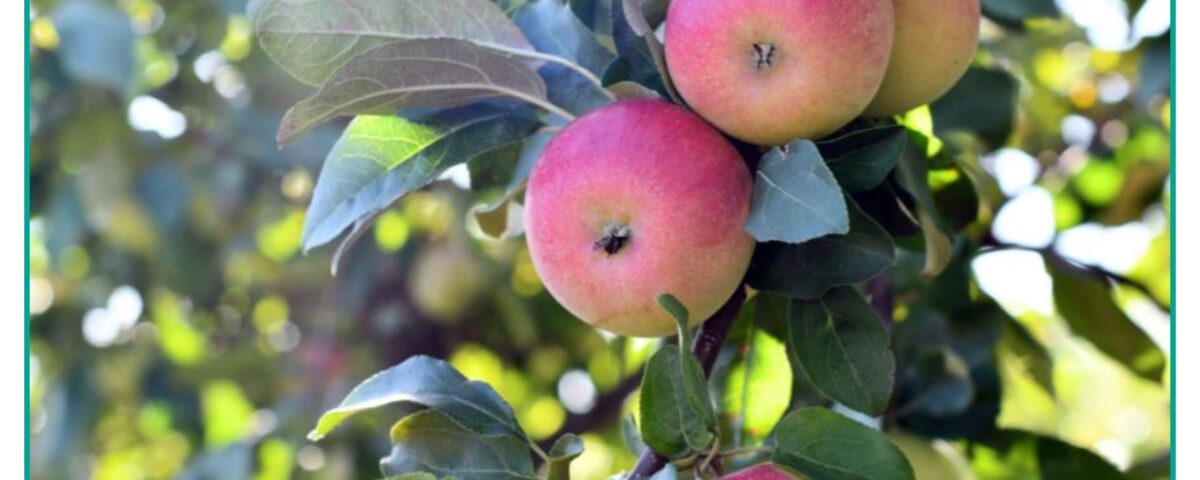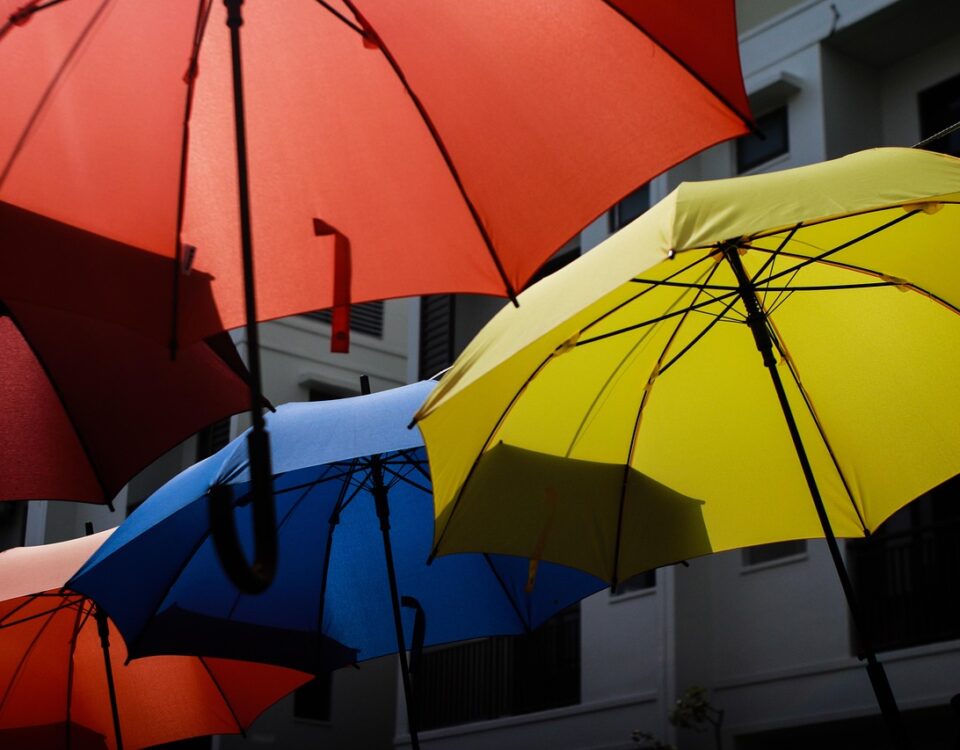
How to Be an Umbrella Entrepreneur
October 21, 2025
Just Ask Jenna Looks at Lacrosse and Human Capital
October 23, 2025When we refer to an apple with patents, it could be a computer.
But not necessarily.
The Honeycrisp apple’s patent expired in 2008.
And now she is a mom with several children:

Apple History
During the 1960s we mostly ate McIntosh, Red, or Golden Delicious apples. Growers–typically from Washington (state) or New York– thought a good apple was durable, long lasting, and pretty. Texture and taste did not really matter.
However, researchers at the Minnesota Agricultural Station always knew we could have a better apple. As one breeder exclaimed, “When I started here, in 1979, Red Delicious was still king—it ruled the empire in the Star Wars universe of apples, as it were—and I remember thinking to myself, Oh, gosh, is this really what the world wants from an apple? It was so discouraging! It was big and it was red, but that’s all it was.”
Americans developed their apple tastes when Japan sent us the Fuji and New Zealand, the Braeburn and the Gala. Inspiring scientists at the University of Minnesota, we got the Honeycrisp in 1991. Then, the family grew with Honeycrisp offspring that include SweeTango (with Zestar), Rosalee (with Fuji), and the newly named Sunflare (with Pink Lady).
We had to wait for 2019 to taste the Cosmic Crisp.
Cosmic Crisp Research
Knowing the crunch, juiciness, flavor, color, and durability they wanted, Washington State University scientists looked at the Honeycrisp’s sweetness and the Enterprise’s color and durability. Next, to get the hybrid seeds, Honeycrisp pollen was brushed on Enterprise flowers. However, like children in one family differ, apple seeds from the same parents vary. So they grew lots of trees, and tasted and tested. After the perfect apple “was born,” it got patent and trademark protection and the Cosmic Crisp name.
Through licensing agreements, farmers pay to grow them. Having spent millions to develop and market the apple, Washington State University hoped for a return of $100 million. Thus far, their royalties are approaching $30 million as their popularity climbs:

Our Bottom Line: Monopolistic Competition
More than an apple, the Honeycrisp is a brand.
Traditionally a product of perfect competition, the apple had many farmers who produced identical fruit. As a result, the market determined the price. But then, apples got names that differentiated them.
Knowing that we will pay more for an apple that we like, the growers sought to develop and name new varieties. Recently, the Honeycrisp has been called one of the most successful because its distinctive flavor and texture enable growers to charge a high price. The Honeycrisp, the Cosmic Crisp, and now, the Sunflare, are the result of product differentiation. Otherwise, every apple would just be an apple.
Below, I’ve positioned the Honeycrisp in a monopolistically competitive market. Combining monopoly and competition, monopolistic competition is characterized by products that are unique but also similar to each other. Their unique characteristics give sellers more pricing heft:

My sources and more: Thanks to WSJ for reminding me it was time to return to apples. From there, Sherwood came in handy as did The New Yorker Magazine. As for Honeycrisp history, public radio had the facts. Then, WSU research detailed its newest apples and USA Today told about the naming contest.
![econlifelogotrademarkedwebsitelogo[1]](/wp-content/uploads/2024/05/econlifelogotrademarkedwebsitelogo1.png#100878)




